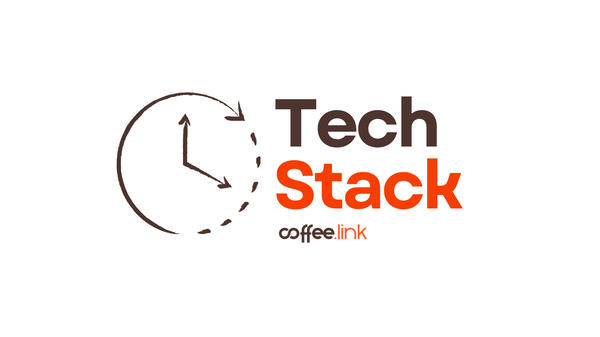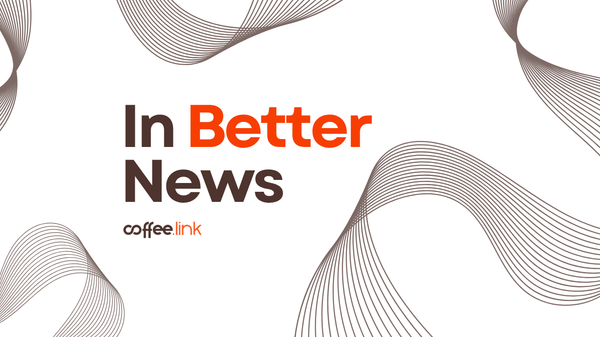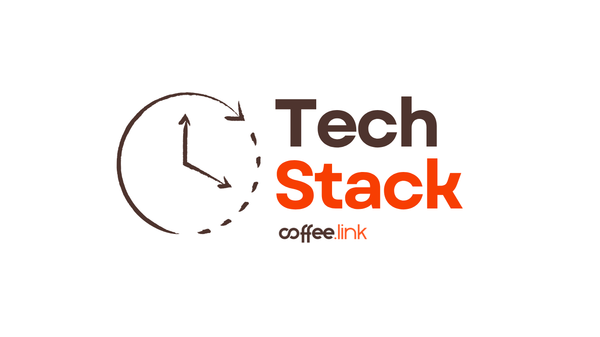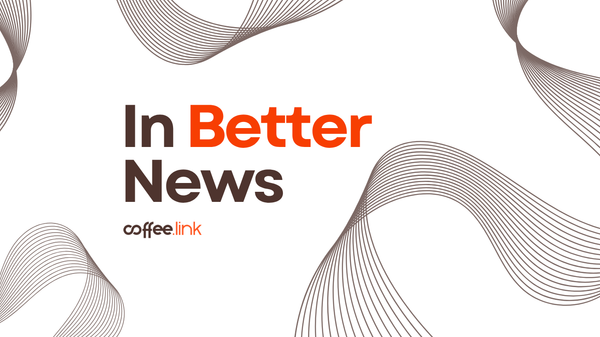Stripe has explicitly stated "no near-term IPO plans" despite hitting a $106.7 billion valuation in September 2025—surpassing its 2021 peak and cementing its position as one of the most valuable private companies ever. The payment processor achieved profitability for the first time in 2024 while processing $1.4 trillion in payments (38% growth), yet founders Patrick and John Collison remain committed to staying private.
The stakes extend far beyond Stripe itself. With venture capital trapped in a liquidity crisis and universities liquidating billions in private equity, a successful Stripe IPO could restart the entire innovation funding flywheel. Conversely, continued delays perpetuate what Benchmark's Bill Gurley calls the "zombie unicorn" problem: 150+ fintech companies remain private, eroding value through dilution while time destroys returns.
Exceptional Fundamentals, Troubling Comparables
Stripe's core metrics are impressive. The company processed $1.4 trillion in 2024—roughly 1.3% of global GDP—at 38% year-over-year growth, dramatically outpacing PayPal's 6.8% and exceeding Adyen's 33% despite a much larger base. Revenue reached an estimated $18 billion gross ($5.1-5.6 billion net after partner fees).
The profitability inflection matters most. After years in the red, Stripe achieved full-year profitability in 2024, with management stating they "expect to be profitable in 2025 and beyond." The company now serves 50% of the Fortune 100, with over 100 companies processing more than $1 billion annually through the platform.
But the $106.7 billion private valuation faces public market scrutiny. Using Q4 2024 payment sector multiples of 5.1x revenue, Stripe's $18 billion gross revenue implies an $82-92 billion valuation—a 15-30% discount to the private market price. PayPal trades at $68 billion on $31.8 billion revenue, while Adyen sits at $54 billion on €2 billion revenue. Both are consistently profitable with proven quarterly execution. Stripe would enter as a freshly profitable processor asking investors to pay a premium for growth.
The Bear Case: A Brutal IPO Market
The 2021 fintech IPO graveyard serves as warning. Coinbase fell from $430 to $40 before recovering. Robinhood dropped from $38 to $8. Marqeta plunged 80% from $27 to $4-6 and hasn't recovered. The pattern is consistent: pandemic-era valuations proved disconnected from fundamentals, and public markets brutally repriced growth stories.
Customer concentration presents risk not fully priced into valuations. The top 100 customers represent just 10% of payment volume, but if Amazon, Google, or Shopify built in-house processing or negotiated dramatically lower rates, Stripe's unit economics would deteriorate. This mirrors Marqeta's situation, where 70% revenue concentration from Block led to a 40% rate reduction that cratered the stock.
Margin compression looms as Stripe moves upmarket. Blended take rates declined from 1.85% in 2020 to an estimated 0.34-0.40% net today. Large customers negotiate aggressively, and payment processing faces inevitable commoditization. The EMEA/APAC subsidiary posted just a 2% profit margin in 2024 after losing $1.2 billion in 2023—suggesting the path to Adyen's 50% margins or PayPal's 20-30% remains long.
The Bull Case: Platform Economics and Developer Moats
Developer mindshare constitutes an underappreciated competitive advantage. Stripe's API-first approach created a developer platform, not just a payment gateway. With 450+ platform integrations and extensive SDK support, Stripe becomes the default choice—the path of least resistance for technical teams, mirroring AWS's early cloud dominance.
Platform leverage through Connect and Billing creates stickier revenue than pure transaction processing. When Shopify processes $108 billion annually through Stripe Connect, or 300,000 companies manage 200 million subscriptions through Stripe Billing, those relationships don't easily unwind. Switching requires months of engineering work across payment flows, KYC verification, billing logic, and accounting integrations.
The profitability inflection fundamentally changes the narrative. Before 2024, Stripe faced the "growth without profits" story that destroyed 2021 IPOs. Now, with demonstrated profitability and 38% growth, the story becomes "profitable growth at scale"—exactly what public markets reward in 2025.
Product diversification beyond payment processing shows maturity. Stripe Billing hit $500 million annual revenue. The broader suite includes tax automation across 102 countries, fraud detection, card issuing, and banking-as-a-service. The $1.1 billion Bridge acquisition signals intent to dominate crypto-to-fiat infrastructure. Each layer increases revenue per customer and switching costs.
The timing advantage may prove brilliant in retrospect. While competitors saw valuations savaged publicly, Stripe adjusted privately—cutting from $95 billion to $50 billion, then recovering to $106.7 billion without daily stock declines, shareholder lawsuits, or analyst downgrades. Entering public markets in 2025-2026 with profitability proven could avoid the "overpriced pandemic darling" stigma entirely.
The VC Ecosystem Hangs in the Balance
Venture capital faces an existential liquidity crisis. LP returns dropped from 20-30% to just 5-7% as IPO markets froze. The VC model depends on power law returns—a few massive exits returning entire funds. Without exits, LPs can't commit to new funds, and the innovation financing cycle stalls.
A successful Stripe IPO at $85 billion, trading up 20-40% in year one, would validate the "stay private longer" strategy and could trigger filings from Databricks ($40+ billion), Canva ($25+ billion), Klarna, and Chime. The potential $50-100 billion liquidity injection would restart the VC flywheel.
Conversely, if Stripe delays or trades poorly post-IPO, it confirms fears about late-stage valuations being disconnected from reality. This could trap hundreds of unicorns indefinitely, with ripple effects to seed-stage funding.
Commodity or Platform?
The Collison brothers have no urgency to go public. Profitability eliminates capital needs, tender offers provide employee liquidity, and each maintains roughly $10 billion in personal wealth. Private ownership allows heavy R&D investment without quarterly earnings pressure.
The fundamental question is whether payment processing is a commodity or platform. The commodity view suggests margin compression and modest returns—Stripe becomes large but unremarkable. The platform view suggests durable infrastructure with network effects, where developer mindshare creates winner-take-most dynamics—Stripe becomes the AWS of payments.
The eventual IPO valuation will reveal which story markets believe, with implications for hundreds of unicorns waiting behind. Whether the Collisons go public in 2025, 2026, or remain private indefinitely will shape the venture capital landscape for years to come.
Disclaimer
This article is provided for informational and educational purposes only and does not constitute financial, investment, legal, or professional advice. The analysis presented represents the author's opinion based on publicly available information and should not be relied upon as basis for any investment decision.
Stripe is a private company and is not publicly traded as of the publication date. Any discussion of potential IPO valuations, timing, or outcomes is speculative. Past performance of IPOs and comparable companies does not guarantee future results. Investment in technology stocks and IPOs carries substantial risk, including the potential loss of principal.
Readers should conduct their own due diligence and consult with qualified financial advisors, tax professionals, and legal counsel before making any investment decisions. The author and coffee.link accept no liability for any financial losses or damages arising from the use of information contained in this article.
Key Sources
Stripe Official:
- Stripe 2024 Annual Update: https://stripe.com/newsroom/news/stripe-2024-update
- Stripe Series I Funding Announcement: https://stripe.com/newsroom/news/stripe-series-i-employee-liquidity
Financial Analysis:
- CNBC - Stripe Valuation at $91.5B: https://www.cnbc.com/2025/02/27/stripes-valuation-climbs-to-91point5-billion-in-secondary-stock-sale-.html
- FXC Intelligence - Stripe Profitability Report: https://www.fxcintel.com/research/analysis/stripe-2024-annual-letter
- Sacra - Stripe Revenue & Valuation Analysis: https://sacra.com/c/stripe/
- Axios - Stripe Stock Buyback Talks: https://www.axios.com/2025/09/23/stripe-buy-back-stock-vc
Competitive Analysis:
- Fintech Wrap-Up - Stripe vs Adyen 2024: https://www.fintechwrapup.com/p/deep-dive-stripe-vs-adyen-comparing
- The Finanser - Stripe vs Adyen Comparison: https://thefinanser.com/2025/03/stripe-versus-adyen-which-one-is-doing-better
Market Context:
- CNBC - Tech IPO Performance: https://www.cnbc.com/2022/05/09/techs-latest-ipos-fall-with-robinhood-rivian-uipath-down-over-70percent.html
- QED Investors - IPO Market Analysis: https://www.qedinvestors.com/blog/july-2025-newsletter-ipo-market-pipeline-trends-and-fintech-themes








